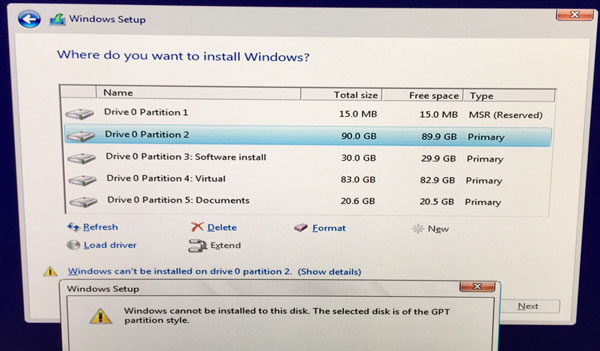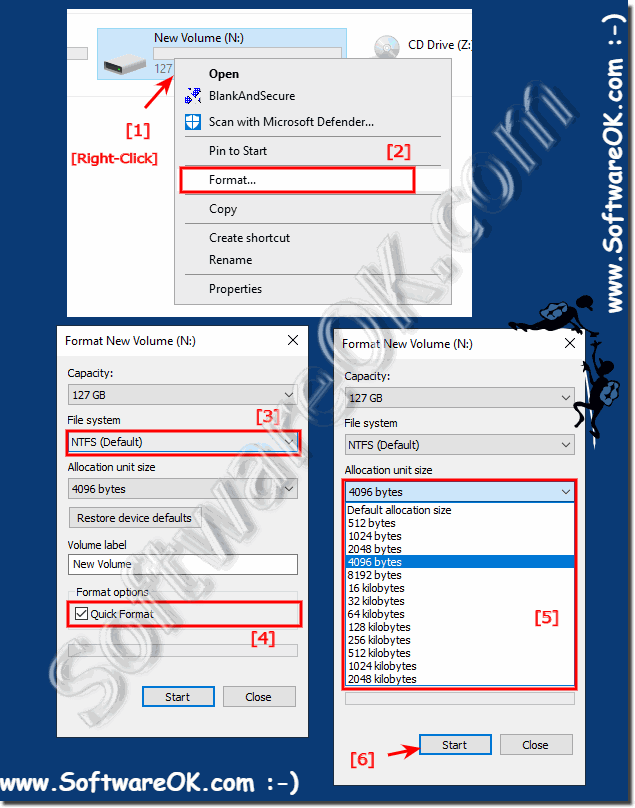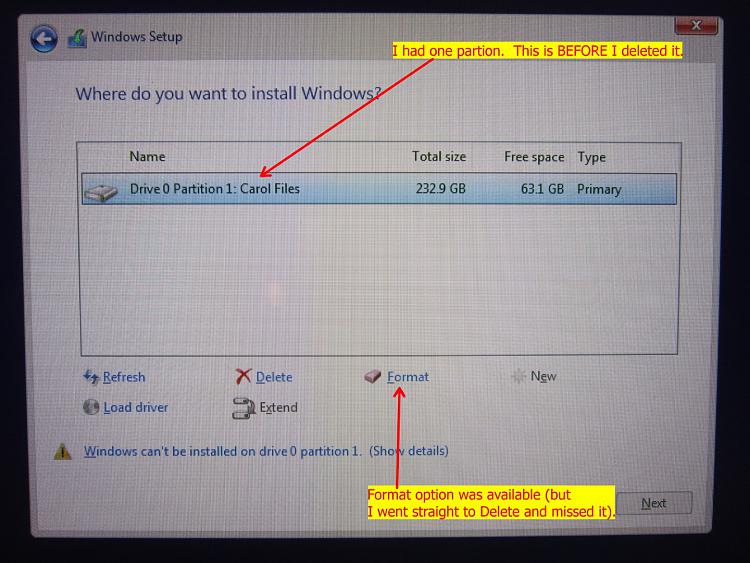
In most cases, you would want to use “ NTFS” as the file system, and “ default” as the allocation unit size. When you are on the “Format Partition” step in the wizard, this is where you select the format settings for the SSD partition – file system, allocation unit size and volume label. On the next window, assign a drive letter to the partition, and then click Next. Otherwise, specify a volume size you want to allocate for the partition. Leave the size as default (maximum) if you are going to use the entire SSD as one partition. In the new simple volume wizard window, specify a volume size for the new partition. To create partition from the unallocated disk space, right-click the “ Unallocated” space and select “ New Simple Volume“. Step 2: Create and format new partition on SSD Proceed to next step to create and format partition on the SSD. When the initialize process is completed, the disk status will change to “ Online” and the disk will now show “ Unallocated” disk space. Once you’ve decided a partition style for your SSD, click OK to initialize the disk. To convert the partition style of a SSD from one style to another, you first have to delete all volumes and erasing all the data on the disk. You cannot change the partition style once you’ve start using the SSD. The later versions of OS, however, can read MBR disks.

The only reason to use MBR is if you are going to use the disk on ancient versions of OS such as Windows XP or older, because older OS cannot read GPT disks. GPT is a better design than MBR overall, and is more resilient to corruption.

Generally, you would want to use GPT for any new SSD or HDD.

It cannot be used on disk that have space larger than 2TB.


 0 kommentar(er)
0 kommentar(er)
